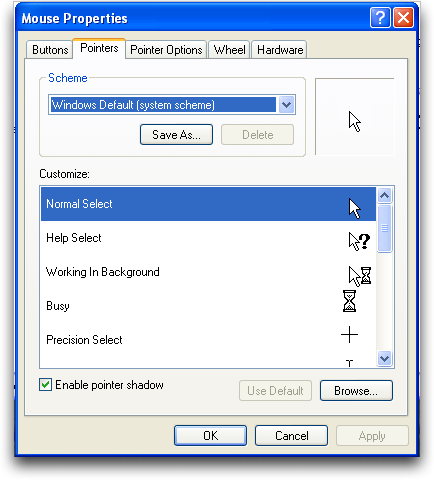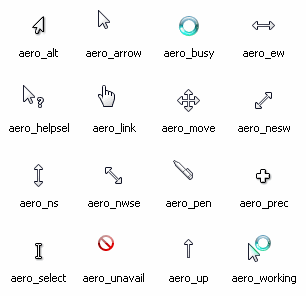Asheesh Laroia: A typical request for help
 Seen on #freeculture.
Seen on #freeculture.
<matt-> Oh crap. <matt-> All of the WordPress plugins disappeared. <matt-> paulproteus: ^ <matt-> Crap. Now I made it worse. <aphid> ..they reappeared? <aphid> as chupacabras?
 Seen on #freeculture.
Seen on #freeculture.
<matt-> Oh crap. <matt-> All of the WordPress plugins disappeared. <matt-> paulproteus: ^ <matt-> Crap. Now I made it worse. <aphid> ..they reappeared? <aphid> as chupacabras?
 I just received this email:
I just received this email:
From: Greg LindstromIt means: I get to stand in front of people I don't know in Chicago and talk about web scraping! (Unless the talk is canceled because no one signs up.) So I guess it means I'll be going to PyCon 2009! It's in Chicago, from March 25 to April 2. If you'll be there, too, drop me a line!
To: Tutorial List
Hello,
On behalf of the PyCon Tutorial Selection Committee, I'd like to inform you that you have been selected to present at least 1 tutorial at PyCon 2009 in Chicago. We had 50 proposals for the 32 available slots and many good proposals had to be rejected.
 I was happy to read Zack's
post about adding machine-readable metadata
for the Package Tracking System. Not only can one query it via SOAP, he
also provides XPath recipes for how to screen-scrape data out of the web pages.
He writes:
I was happy to read Zack's
post about adding machine-readable metadata
for the Package Tracking System. Not only can one query it via SOAP, he
also provides XPath recipes for how to screen-scrape data out of the web pages.
He writes:
Well, on top of [SOAP] I've implemented something along the lines microformats, that just make a clever use of ingredients already available in XHTML like classes and unique identifiers.This is awesome. In fact, as you can see when he links to the SOAP backend, the SOAP interface is implemented using that XPath screen-scraping! What I think would be even more awesome would be to present the data to a machine user of the web page as RDFa, "RDF in attributes." RDF (short for Resource Description Framework) is a standard for metadata statements. Although it is involved in early versions of RSS used for web site syndication, in general it has nothing to do with that. A sample few RDF statements might be:
 John Goerzen was surprised by a mouse pointer change. His mouse
changed from X.org's class black mouse pointer to the new GNOME translucent set. Upset, he wrote:
John Goerzen was surprised by a mouse pointer change. His mouse
changed from X.org's class black mouse pointer to the new GNOME translucent set. Upset, he wrote:
I noticed that my beloved standard X11 cursors had been replaced by some ugly antialiased white cursor theme. I felt as if XP had inched closer to taking over my machine.Windows users seem to place similar importance on that clicky thing. A recent PC Magazine article writes, "Few things are more important in Windows than the mouse pointers." Dave Taylor discussed mouse pointers once, showing this picture of Windows XP's mouse pointers:
 Windows XP's mouse pointer, then, doesn't look like the one John Goerzen got.
They look like a bent version of the normal X11 pointers with inverted colors.
Windows Vista's mouse cursors do look like GNOME's (via a BlogIsEverything post):
Windows XP's mouse pointer, then, doesn't look like the one John Goerzen got.
They look like a bent version of the normal X11 pointers with inverted colors.
Windows Vista's mouse cursors do look like GNOME's (via a BlogIsEverything post):
 For this reason, Windows Vista feels like a cheap knock-off of GNOME to me whenever I use it.
For this reason, Windows Vista feels like a cheap knock-off of GNOME to me whenever I use it.

You're still administering geeks, right?-- Quinn to Shannon.
 I just got an email. (For background, Matt B. is my flatmate's name.)
I just got an email. (For background, Matt B. is my flatmate's name.)
From: Travis M. To: Asheesh Laroia Subject: Matt B. left the oven on!!
I am here in the park with Matt. He left the oven on, with a Flash Drive in there no joke!As it happens, this email was real, not malarkey.

sh-3.1 $ uptime 12:10:16 up 20 days, 18:54, 4 users, load average: 680.29, 656.27, 636.17Huh.
Next.